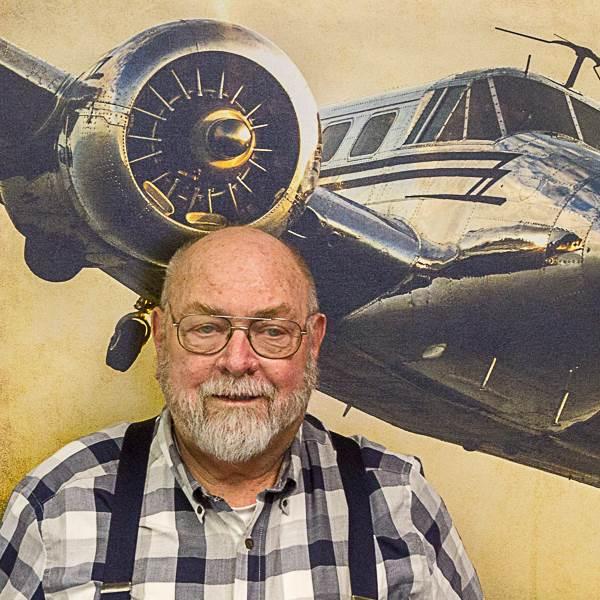Training and Safety Tip: When in doubt, go around
Many years ago, I heard an old U.S. Air Force slogan, “When in doubt, bail out.” That is exactly what the rejected landing procedure—commonly known as a go-around—is about.
Applicants for every FAA certificate and rating are required to demonstrate their ability to abandon the approach to a landing. A go-around may be necessary for various reasons, such as an airplane, vehicle, or wildlife on the runway, or some other unexpected condition.
FAA training requirements specify that you receive training and demonstrate rejected or aborted landing procedures prior to your solo flight and your checkride. It is important to review the go-around procedure, which can be initiated at any altitude from 500 feet on final approach to the landing roundout, or flare.
When you decide to go around, immediately apply takeoff power and pitch for a climb attitude. Remember, the purpose is to gain a safe altitude. Full power will require some right rudder to counter torque and P factor. Remember to close carburetor heat to achieve full power.
If you had flaps extended during landing, they need to be brought up incrementally as airspeed increases. As elevator trim was set nose-up for landing, you now will need to add some nose-down trim during the climb.
This can be a busy few seconds. But once you have the airplane under control, it is time to announce that you are going around. You should always be prepared mentally and physically to initiate a go-around for safety of the flight.



